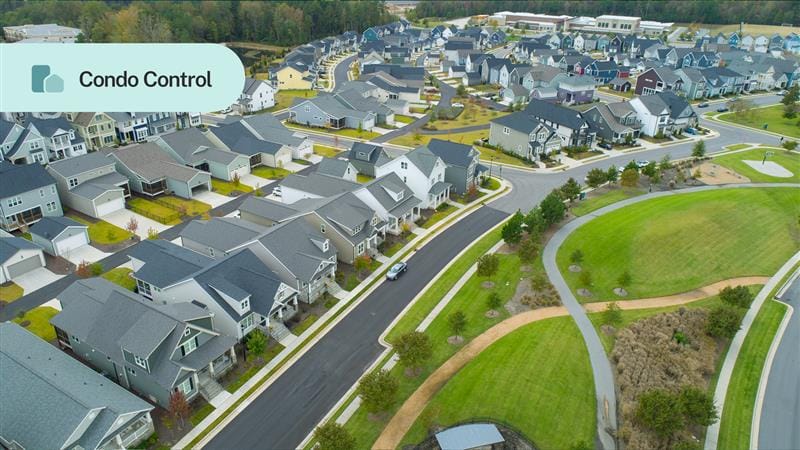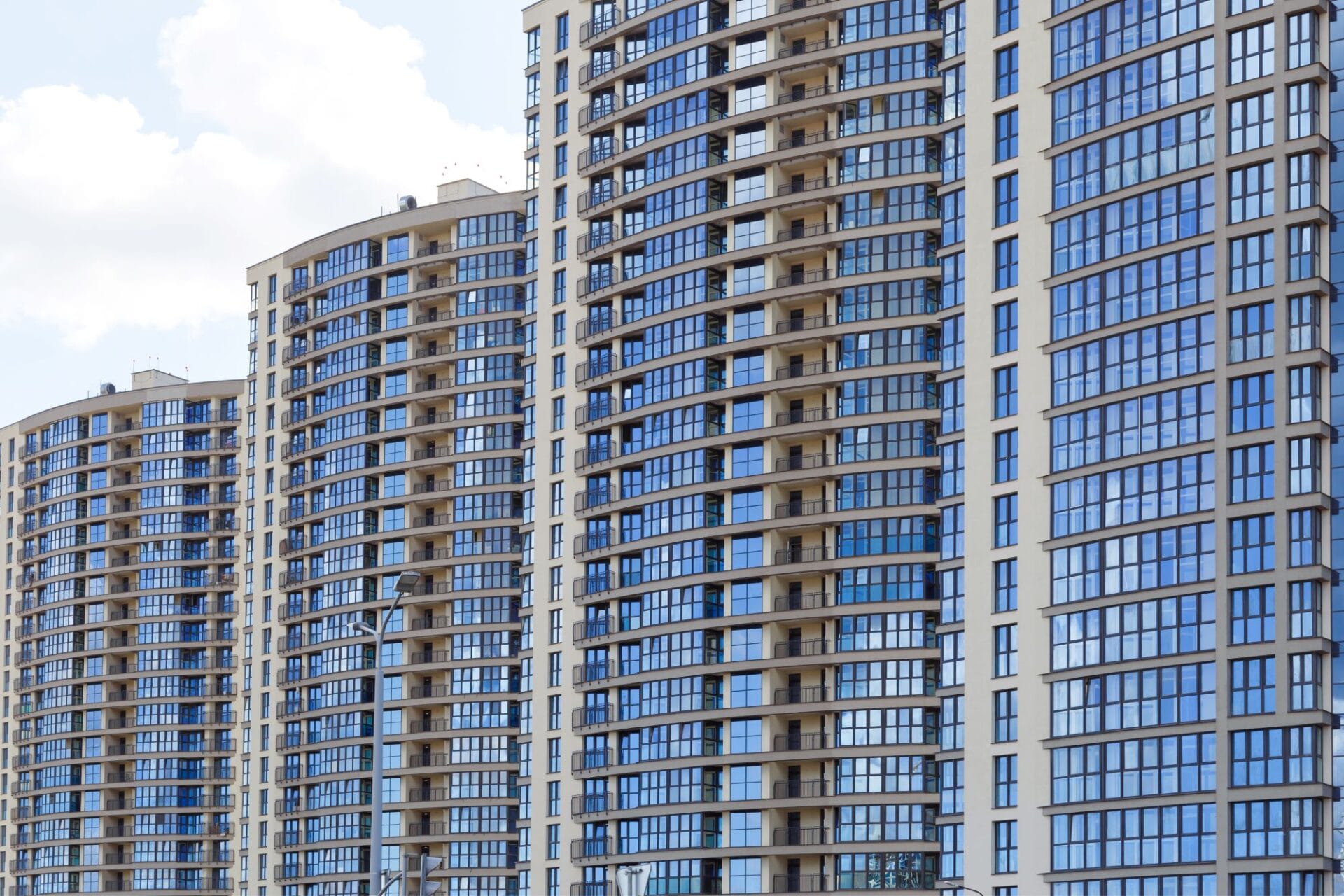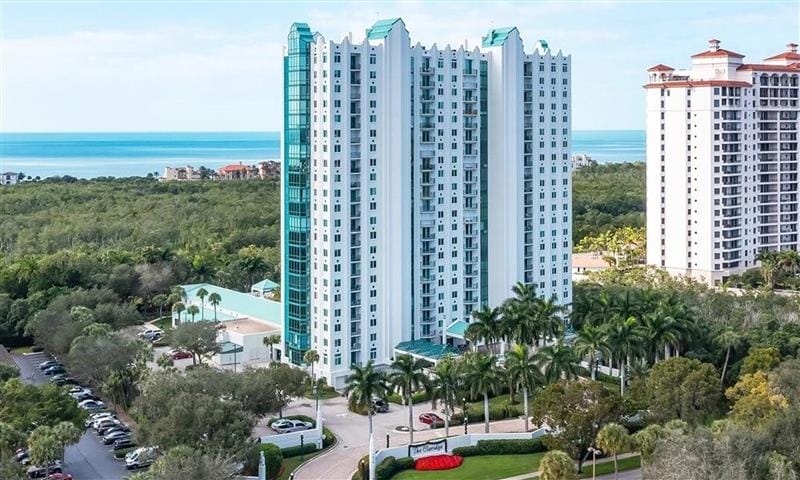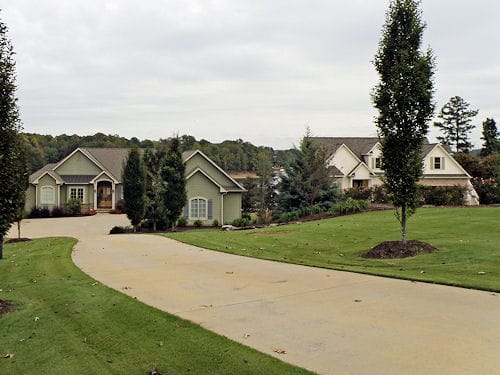A reserve fund is like a nest-egg for associations. Every HOA needs ones for unexpected events and major expenses. The money invested in this fund comes from owners’ monthly fees, which are split between the operating budget and the reserve fund. The money put into the reserve fund accumulates over time so that when the HOA needs to replace mechanical equipment or a roof, the funds are available to pay for the repair without having to ask for a special assessment.
Table of contents
- What is a reserve study
- Benefits of a reserve study
- How do you know if your reserve is adequately funded?
- Apply smart strategies in advance of a reserve study
- How to prepare a reserve study
- What should be excluded?
- Statutory requirements
- When do owners get involved?
- Hiring a reserve study company
Reserve studies help to guarantee the association’s long-term financial and physical well-being, making them essential (even if they are not required by law).
Read on as we dive deep into the nitty-gritty of reserve study preparation, its benefits, and what HOAs should consider when looking for a reserve study company or analyst.
Download our free reserve study template/sample
What is a reserve study?
A reserve fund study determines how much money owners need to contribute to the reserve fund. This study also looks at the components that the association owns, and predicts future repairs and refurbishments. The engineer or professional performing the study can provide a realistic contribution amount to the board.
This study also provides replacement cost projections based on a 20 to 30-year trajectory. This gives the HOA plenty of time to plan for the long-term maintenance of components.
The HOA can use the reserve study to create a detailed timeframe for the maintenance and replacement of major components, including windows, HVAC systems, paint, roofing, etc. This gives the association an indication of how much money is needed to replace and maintain these components without levying special assessments.
A reserve study usually comprises of the following elements:
- A summary of how much the HOA has in its reserve account to fund current and future projects
- A list of relevant components that the HOA is responsible for
- Projected expenditure for said components as it relates to current and future refurbishment
- The remaining useful life of the various components
- A detailed repair and replacement schedule for all components
- Funding plans that concur with local and state legislation, as well as any professional recommendations
Benefits of a reserve study

Fiscal responsibility
The HOA board has a fiscal and legal responsibility to maintain the common interests of the community. Among other things, the board is legally required to ensure that the HOA is adequately prepared for common area repairs and maintenance costs. This places a huge responsibility on board members to ensure that the HOA doesn’t fall on financial hardship. Being in a poor financial position can lead to special assessments, lawsuits, and other legal liabilities.
Help to maintain community values
If left unchecked, communal property values will naturally depreciate over time. A long-term reserve study makes it easier for the HOA to maintain the property, and reach reserve fund long-term sustainability even as new board members are elected and older members decide not to run again.
A well-prepared reserve study provides a detailed roadmap for funding long-term maintenance projects over the years.
It makes the association more favorable to financiers
Lenders know all about the importance and processes behind an HOA’s reserve account, and often use it as a benchmark to judge the fiscal health of a community before engaging in a partnership.
Current lending guidelines also require HOA boards to allocate a predetermined amount of their budgets to a reserve account.
To this end, most lenders will also ask for a minimum 12-month reserve study that has been prepared by a reserve study company for the HOA board. HOAs must meet these requirements in order to acquire loans, refinancing, and sales.
How do you know if an HOA reserve is adequately funded?
Unfortunately, you can’t just look at the number to determine if your association’s reserve is adequately funded. In addition to checking what’s in the bank, it’s important to consider completed projects.
If work has recently been completed and the balance is low, then the reserve is adequately funded. On the other hand, an association could have a large balance and an even bigger backlog of projects to complete, which leads to an inadequately funded reserve account.
This is why accurate and reliable reserve fund management is important to know if the reserve fund is sufficient.
A tool that can help HOAs make sure their reserve funds are indeed accurate is HOA management software.
Most board members are not accountants, keeping on top of large numbers that are always changing is very challenging; and human error is always a factor.
On the other hand, HOA management software allows you to pull clear, understandable reports that everyone can understand. This leads to improved reporting and better financial decision-making.
Apply smart strategies in advance of a reserve study
If smart HOA reserve fund strategies are applied in advanced when managing reserve funds, the reserve fund study will find that the reserve fund is healthy and adequate. Successful strategies used by HOA boards include:
- Regular check-ups on the reserve fund
- Knowing what reserve funds can be used for
- Making financials transparent
- Being prepared for future expenses
- Wisely investing reserve funds
- Applying proper financial reporting
If these strategies are applied you reserve study should go smoothly.
How to prepare a reserve study
The process of preparing a reserve study starts with a review of the HOA’s key documents, including the community blueprint, governing documents, well-articulated minutes, documentation for votes and communal maps. This provides a thorough understanding of the association’s responsibility towards the reserve account.
Next, a reserve analyst must review and note the association’s financial information, starting with income from member dues/fees. Below the income are a few expense lines that include all of the association’s regular operating expenses, as well as reserve account expenses.
Below that there’s usually a summary line that shows the balance between income and expenses. This tells whether the HOA has a positive or negative overall balance. This section shows both the HOA’s operating bank account and reserve bank account balances.
Next, the analyst should place all of the association’s recurring expenses under “operations”, and escalate them at a typical rate of 2% per annum. After that comes the association’s extra capital improvement expenses. If, for example, the roof has five years left in its lifespan, provisions must be made for a roof replacement in year 5, or even year 4. However, there must be corresponding revenue coming in during that time period to support this expense.
From here, the analyst needs to plug in all of the association’s expected major reserve expenses, from roof, siding and window replacement, to concrete repairs, and any other large capital improvements that should be done over the next 30 years.
Next, they’ll take a look at the association’s net operating reserve accounts to see if the balances support all of the day-to-day operations, as well as the long-term reserve costs. If they don’t balance, there are a few options to consider. The HOA can either;
1. Raise the dues: Instead of increasing HOA dues by 2%, the association my try a 3, 4 or even 5% increase to see if that fixes the deficit. The goal is to prevent a negative balance on HOA accounts over the next 5 to 10 years.
2. Special assessments: Homeowners generally dislike special assessments because it’s an indication of poor planning. It means the HOA didn’t properly foresee upcoming expenses or capital improvements. It can also mean owners have to pay the HOA thousands of dollars all at once.
That’s why it’s very important to map out a detailed reserve study to help avoid special assessments altogether.
3. Loans: If special assessments aren’t feasible for the HOA, the board might consider taking out a loan. Some smaller, local banks are willing to offer loans against member dues. Sometimes, they will put a lien on the physical property to facilitate the loan, or provide the loan against the receivables as stipulated by the HOA.
Although this option may prevent the need for the board to levy special assessments, the association ends up paying interest, thus escalating the repair costs.
4. Invest: The average HOA fee per homeowner is between $200-$300/month; multiplied by 365,000 HOA communities in the U.S., there is billions of dollars in HOA reserve funds possibly available for investing so that reserve funds can grow. However, safely investing reserve funds is key. These funds are not to be gambled with, so steady and wise investing is a must.
Component analysis
Also included in the reserve study is a component analysis which involves a site inspection that helps the analyst to compile an accurate list of items. The analyst must also determine the quantity and value of the components, as well as the remaining useful life. Here are common components that are often included in a reserve study:
- Roof replacement
- Replacement of HVAC equipment
- Paint
- Asphalt overlay/ seal coat
- Replacement of fencing
- Pool re-plastering
- Replacement of siding
- Replacement of lighting
What should be excluded?
The following common area components may be excluded from the main component list and mathematical models, but may be listed under a section titled “unfunded component.” This includes components that are:
- Below threshold costs. This includes component replacement costs that are usually covered in the association’s maintenance and replacement budget
- Operational expenses. This includes predictable annual expenses like lawn care, janitorial services, and pool cleaning
- Unpredictable useful life expectancy. Some components unpredictable useful life expectancy, but the maintenance can be funded by the association’s operational budget
Make sure the study meets statutory requirements
Many states have laws that make provisions for reserve study requirements. This provides a framework and a standard that every reserve study should meet. Most importantly, these laws are meant to ensure that the reserve study is of acceptable quality and will provide clarity to association members.
Whether the board decides to prepare the study on its own or hire a reserve study company, it’s important to ensure it meets statutory requirements.
When do owners get involved?
Every time a reserve study is done, owners receive a notice of future funding. This document contains vital information about upcoming contributions. Owners should look at it to see if their HOA is indeed following the reserve fund study. This document also gives members a sense of how much that contribution increase is going to impact their monthly fees.
Steps to follow when hiring a reserve study company
We’ve already shared the benefits of a reserve study. Now, it’s time to look at the considerations that an HOA board needs to make before and during the reserve study company selection process.
HOA boards can follow these steps to narrow down their options and help them make an informed choice:
1. Ask around
As with anything, it helps to get the opinion of others about a service provider before you hire them. This gives you the opportunity to make sure that their reputation matches their sales pitch. Ask board members from neighboring communities what their experience has been with certain service providers, or ask them to recommend a company based on their experience.
A reserve study company with a positive reputation is likely to exhibit the same performance over time.
2. Consider experience
When performing due diligence on a reserve study company, it’s important to find out how experienced their analysts are. A company is only as good as its employees and internal experts.
A seasoned reserve analyst will have experience in dealing with different types of properties. That means they already have an understanding of what it takes to ensure the long-term success of almost any community.
Experienced analysts will use their depth of knowledge and experience to create a relevant and accurate funding model for each association.
3. Qualifications
The reserve study industry has created two main designations to ensure professionalism and adherence to industry standards. First, you have the Community Associations Institute’s Reserve Specialist (RS) qualification and the Association of Professional Reserve Analysts’ (APRA) Professional Reserve Analyst (PRA) qualification.
The purpose of each designation is to provide an ethical and professional framework for reserve analysts to follow. It also gives peace of mind to boards.
Analysts who hold these designations are required to undergo continuous education in order to uphold ever-evolving industry standards and legislation.
4. Look for local professionals
Hiring a local reserve analyst is a mutually beneficial decision. It’s usually easier to reach them, and you’re supporting your city or town when you invest in a professional who works in your area.
It’s not uncommon for professionals in other fields, like engineering or construction, to start a reserve study company in order to capitalize on an opportunity without understanding the industry standards, legislation and other requirements of preparing a reserve study.
Once they’ve balanced their check books, these operators will often return to their home bases, leaving you without any support after the initial reserve study is completed.
Conclusion
A reserve study offers factual data that the HOA can use to make informed decisions about the community’s future.
It enables the association to prepare a reserve budget to plan for the replacement and repair of important infrastructure and building components. This helps to ensure that the HOA has enough stored in its coffers to cover large, unexpected expenses.
A detailed list of reserve components improves the board’s ability to protect property values, save on expenses and make informed decisions.
All told, reserve study plays an important role in ensuring the long-term maintenance of the property. But this is possible only when the reserve fund is adequately funded.























